Pubs in Italy: A Journey Through History, Evolution, and Opportunity
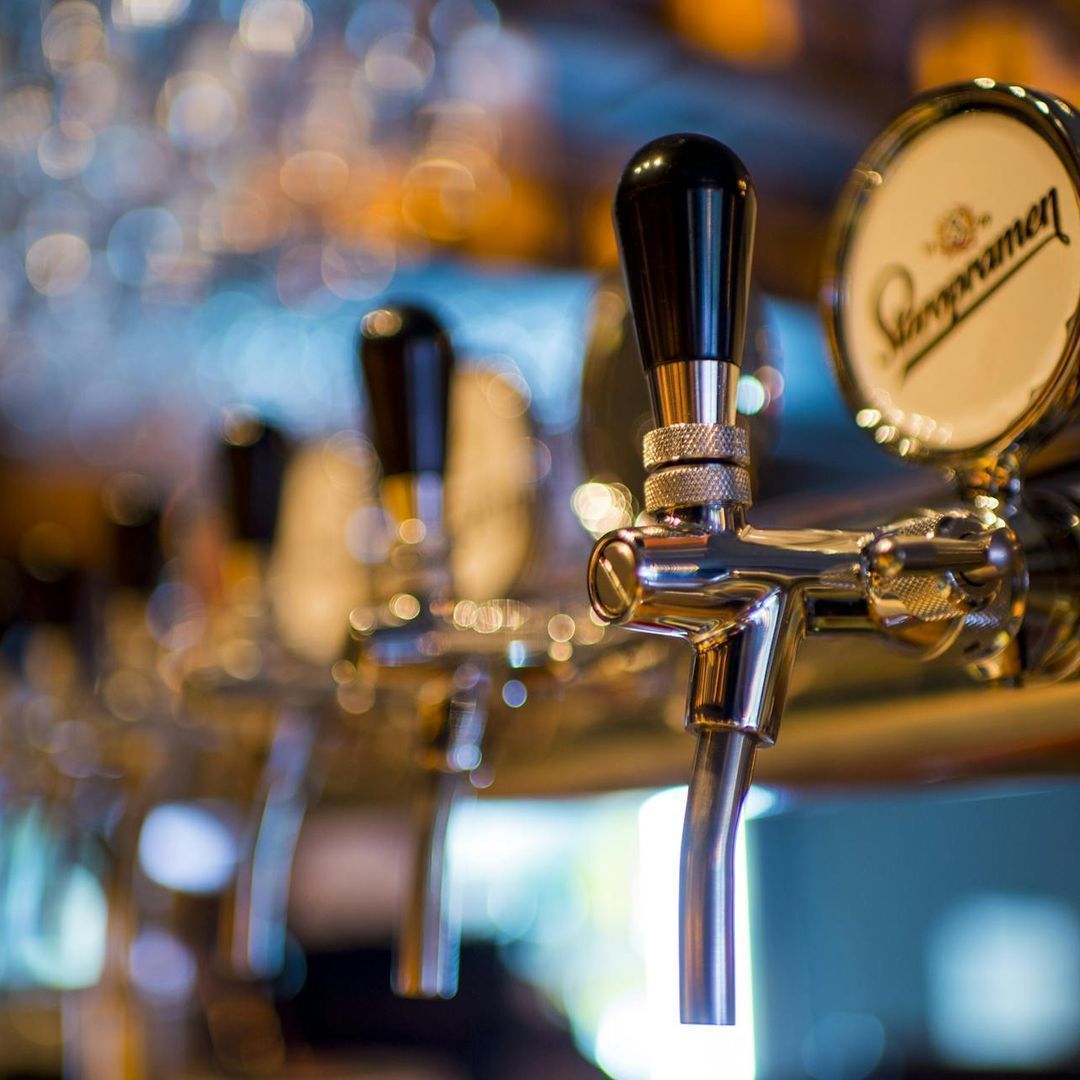
If theres a place where time seems to slow down, where the aroma of freshly poured beer mingles with the cheerful chatter of people, its the pub. Born as a symbol of British sociability, the pub has managed to carve out a special place for itself in Italy, captivating entire generations. But how did this story begin? And, above all, what does it take to open a successful pub today? Pour yourself a pint (even if only a mental one) and let yourself be transported on a journey that unites the past, present, and future of the Italian pub scene.
Introduction: The History of Pubs and Their Arrival in Italy
Pubs, short for public house, originated in the United Kingdom as social gathering places, where people of all walks of life gathered to drink, discuss, and share moments of conviviality. The origins of pubs date back to the Middle Ages, when locally brewed beers were served, often accompanied by simple food. Over the centuries, the pub has become a symbol of British culture, a place that is more than just a bar, but a true crossroads of lives and stories. Pub culture arrived in Italy in the 1970s, initially as an imitation of what was seen as an exotic and international place. The first establishments were inspired by Irish or English pubs, with wooden interiors, intimate atmospheres, and a limited selection of beers. Over the years, Italian pubs began to develop their own identity, blending Anglo-Saxon tradition with local culture and flavors. Today, Italian pubs are much more than places to drink beer: they represent an experience, an atmosphere and, for many, a second home.
The History of Pubs and Their Arrival in Italy

Pubs, short for public house, originated in the United Kingdom as social gathering places, where people of all social classes gathered to drink, discuss, and share moments of conviviality. The first officially recognized pub dates back to the Middle Ages and was often associated with local beer production, considered a safer alternative to drinking water at the time. Interestingly, the custom of decorating pub signs with colorful images originated in the Middle Ages to help those who couldnt read recognize the establishment. Even today, names like The Red Lion or The Crown pay homage to this tradition. In Italy, pubs appeared in the 1970s, bringing with them an exotic allure. The first Italian pub is said to have opened in Milan, inspired by the atmosphere of English pubs, with dim lighting, dark wood, and expertly poured beer. Over time, Italian pubs have adapted this formula to the local culture, combining beer with typical regional flavors and creating a unique experience, which today represents an important pillar of evening entertainment.
Who Goes to Pubs? Types of Customers and Their Preferences

A modern pub is a microcosm of diversity, frequented by people of all ages and lifestyles. Lets explore the main customer categories together:
Young university students and workers looking for entertainment

This group represents about 40% of the clientele. Young people seek a relaxed atmosphere where they can meet friends, attend karaoke or quiz nights, and take advantage of offers like happy hour. Interestingly, 60% of them are attracted by themed evenings, a factor that significantly increases loyalty.
Craft beer lovers
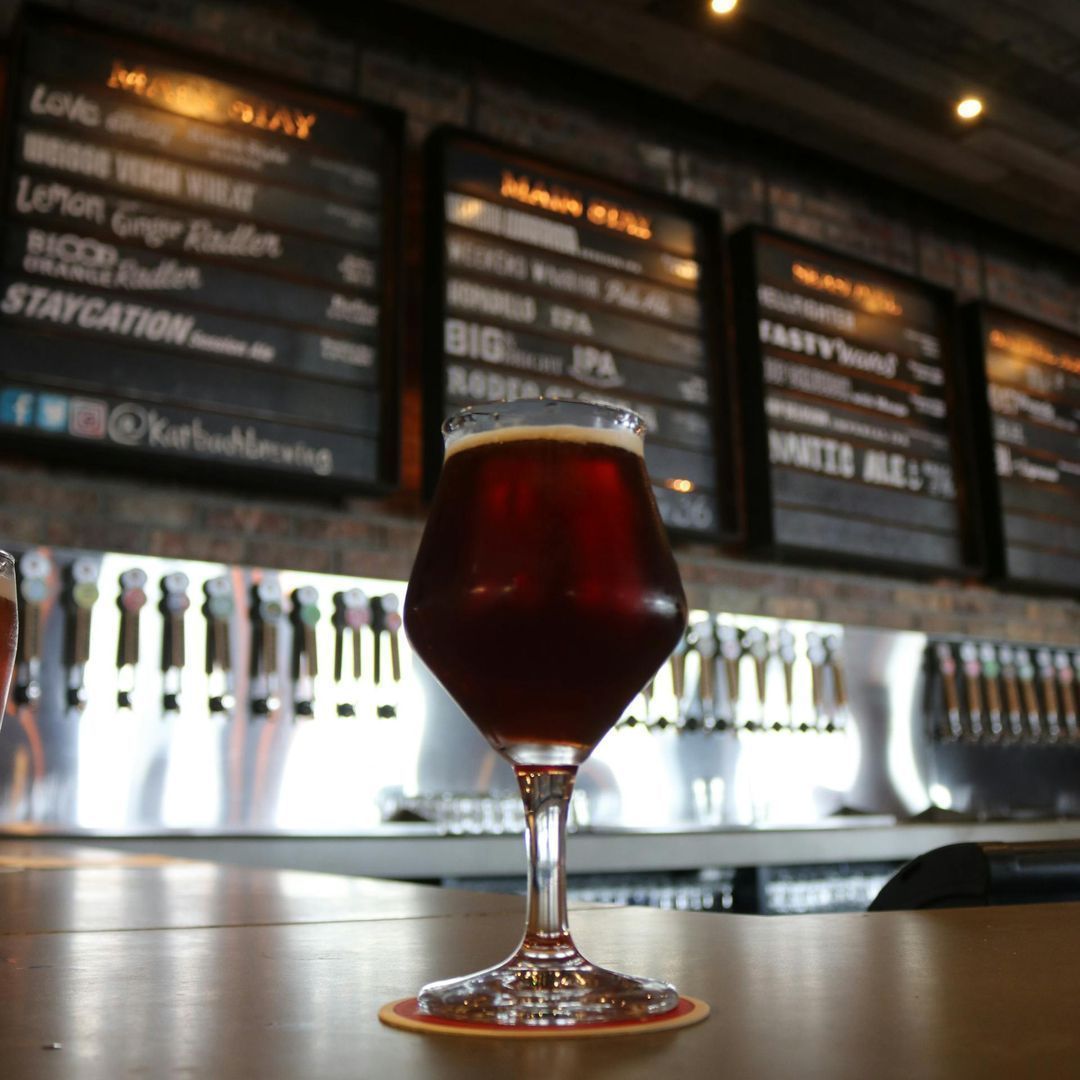
This segment, accounting for 25% of customers, is made up of experts or enthusiasts who want to discover unique, quality beers. They love pubs that offer guided tastings or events with master brewers. Fun fact: the term craft beer first appeared in the 1980s in the United States, but now dominates the European market as well.
Groups of friends and colleagues

Groups make up about 20% of the clientele and are at the heart of the pubs convivial atmosphere. They prefer places with large, welcoming spaces, where they can chat and enjoy shareable dishes like platters or nachos.
Families and couples

Although it only makes up 10% of the total, this segment is growing thanks to pubs offering quieter environments, childrens menus, or couples nights. Pubs that balance a welcoming atmosphere with a diverse food offering are gaining ground in this segment.
Sports fans
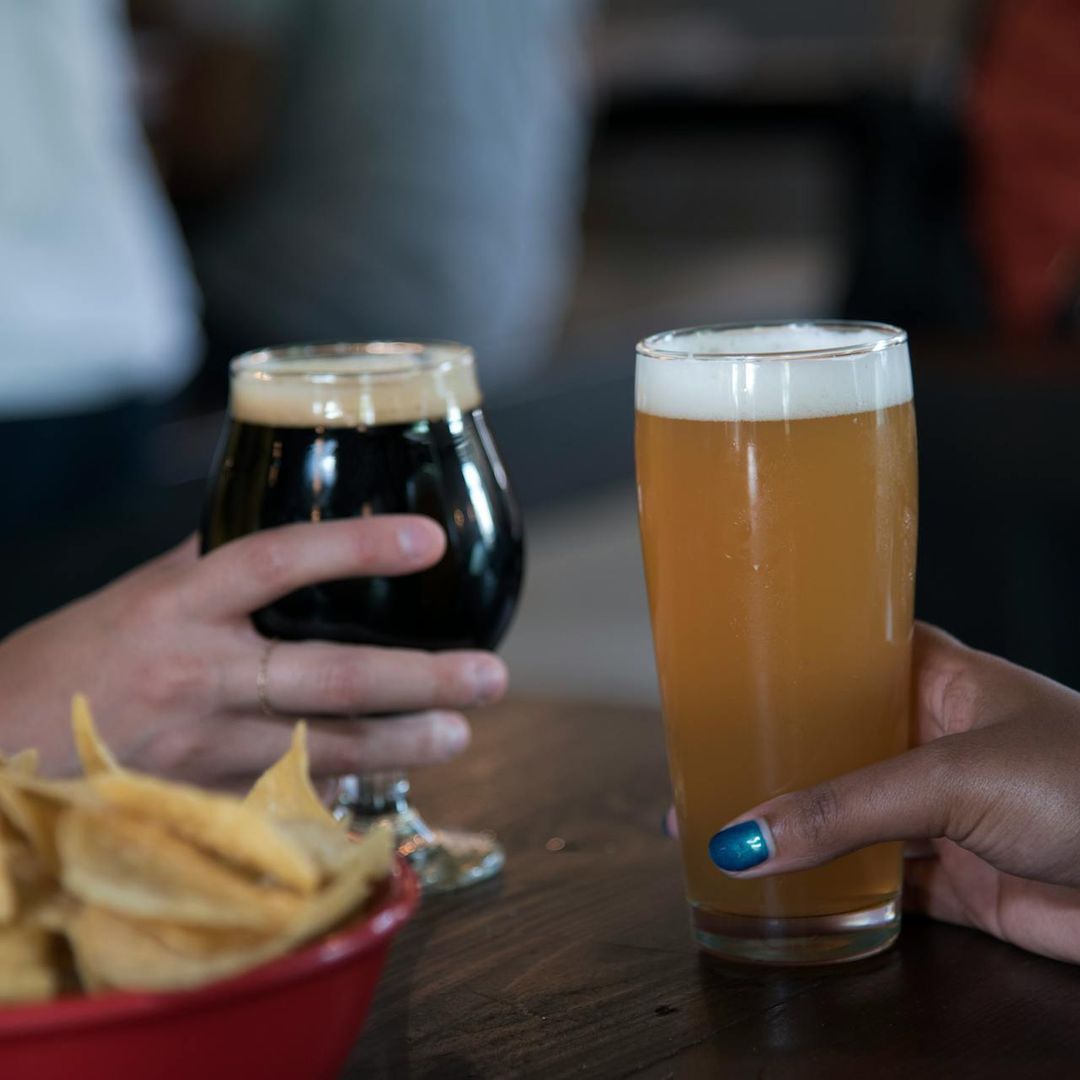
They represent 15% of customers, but during sporting events, attendance can triple. An interesting fact: pubs that broadcast sporting events increase beer sales by 40% on major match nights.
Should You Open a Pub? An Opportunity Analysis

Opening a pub can be a profitable venture, but it requires careful market research. Here are some interesting statistics: • Average spend per customer: ranges from 15 to 20 euros for a typical evening, but can rise to 30 euros for craft beer lovers. • Regular customers: 35% of patrons return at least once a month, while 20% visit the pub weekly. • Gross margin on craft beers: can reach 70%, thanks to the perceived value of quality and uniqueness, compared to 50% for industrial beers. • Start-up costs: an initial investment is estimated between 50,000 and 150,000 euros, depending on the location and size. An interesting fact: pubs that offer regular events, such as live music evenings or tastings, see a 20% increase in new customers each quarter.
Single Line or Variety? The Difficult Strategic Choice
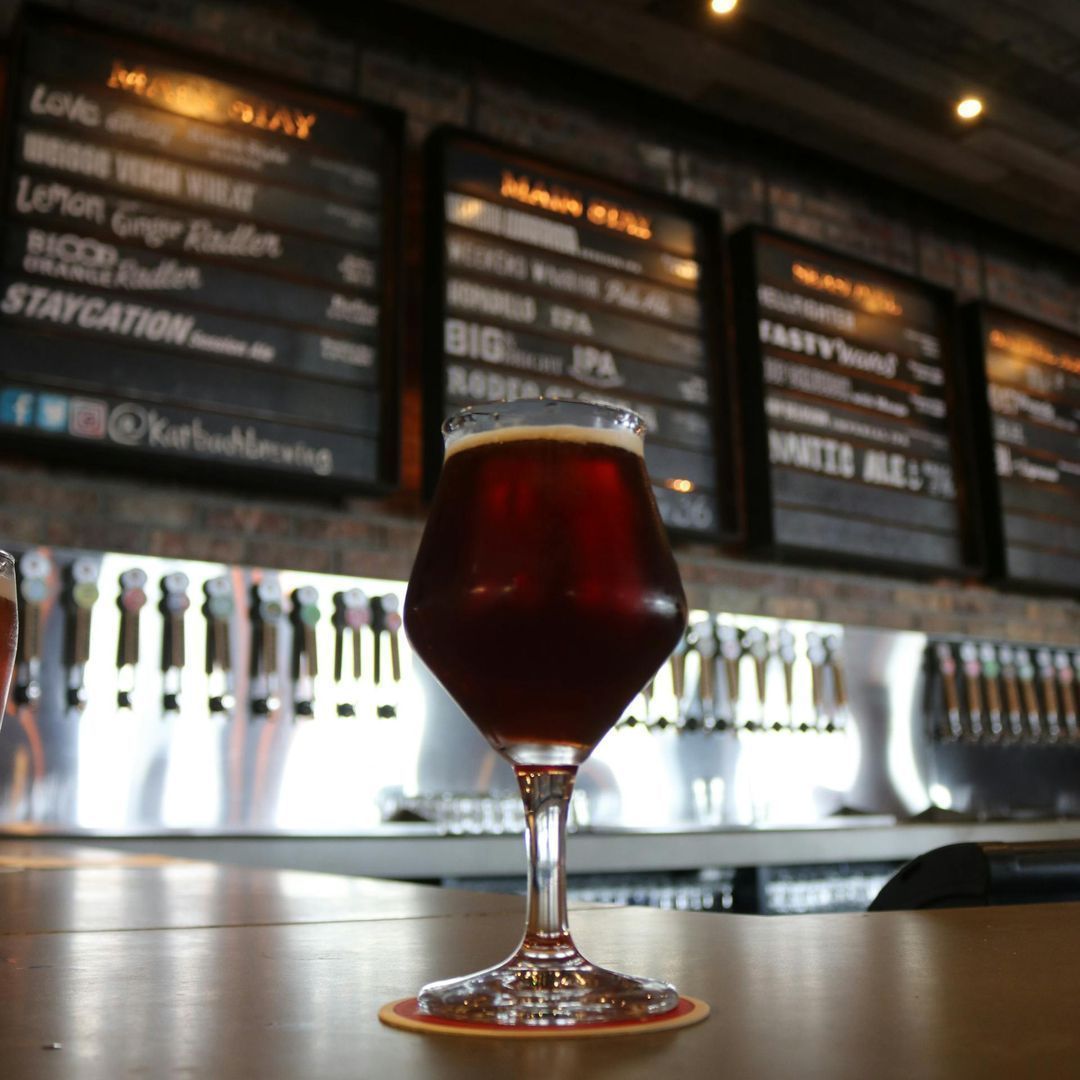
One of the main dilemmas for those opening a pub is deciding whether to focus on a single product line or offer variety. • Single product line: Specializing, for example, in craft beers allows you to attract a well-defined, passionate clientele willing to spend more. However, it limits your ability to reach other segments, such as families or groups of friends. Interesting fact: 70% of craft beer lovers are willing to travel up to 50 km to visit a renowned pub. • Product variety: Offering a diverse range of beers, cocktails, and food attracts a wider audience, from sports fans to couples. This approach increases overall revenue, but requires more complex management and higher logistics costs.
Conclusions: The Recipe for Success for a Profitable Pub
The analysis shows that the most profitable customers are craft beer enthusiasts and groups of friends. The former guarantee high margins thanks to their willingness to pay more for quality, while the latter generate significant sales volumes and contribute to the lively atmosphere that attracts new customers. The ideal strategy? A winning combination: specialize in craft beers to position yourself as a reference point for connoisseurs while also offering quality food and themed evenings to attract young people and groups. One aspect not to be overlooked is the venues personalization: pubs with a strong identity, which tell a story, attract 30% more customers than generic ones. A pub isnt just a business, but a place where stories, passions, and relationships intertwine. Opening a pub means creating a community and offering unforgettable experiences. And in an increasingly frenetic world, pubs continue to represent that little corner of suspended time, where every toast tells a story.
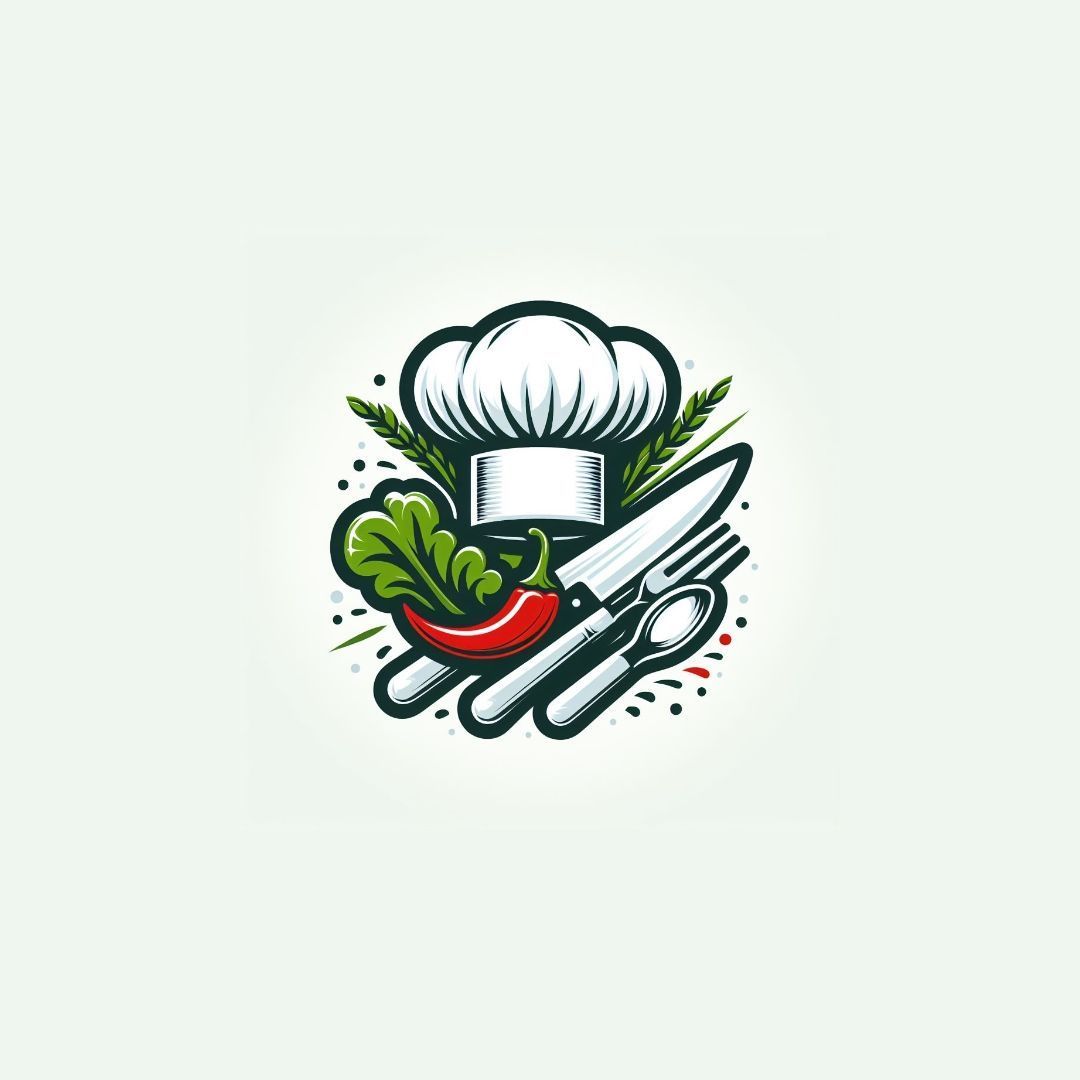
gourmet
Data di inserimento 25 nov 2024
Report article

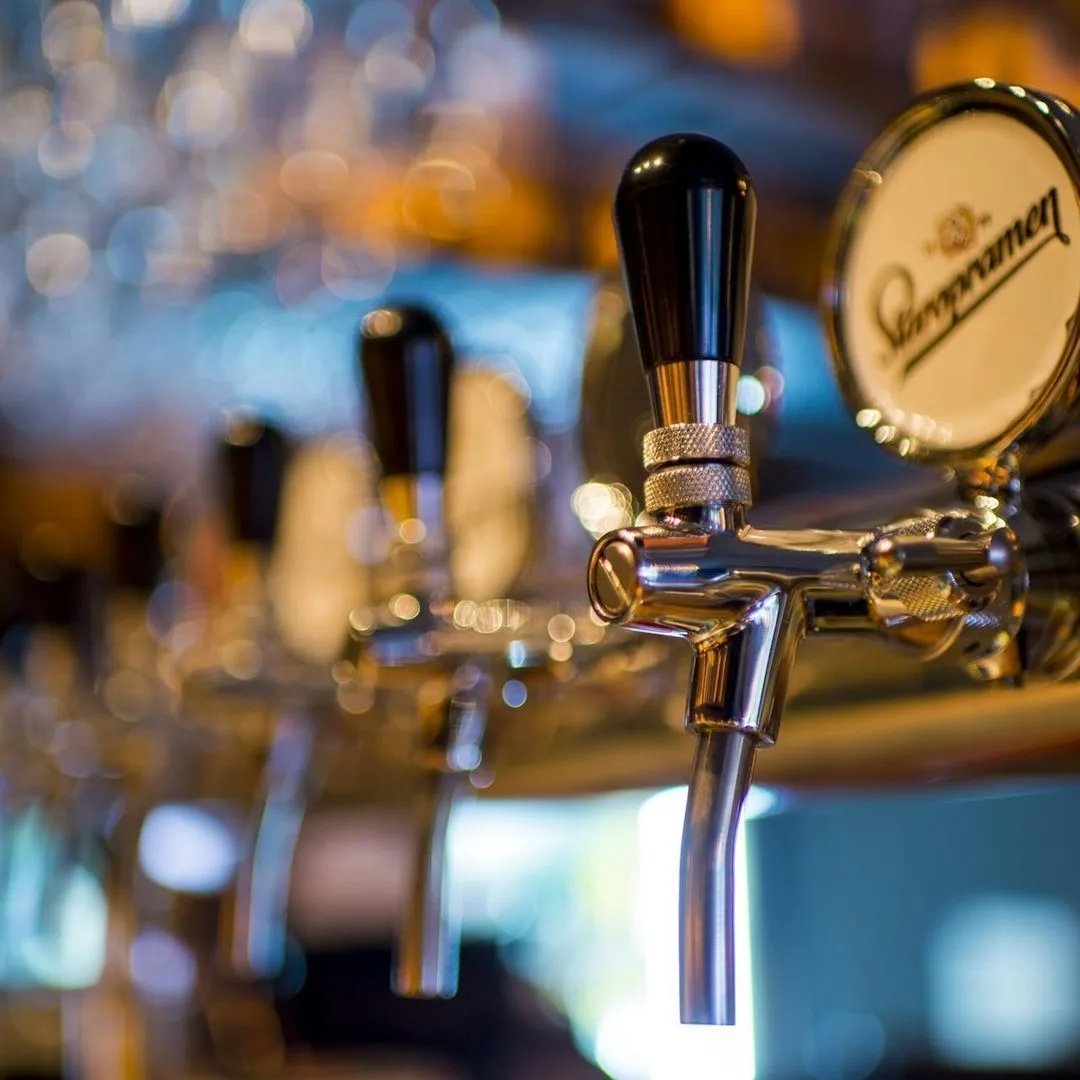
Comments
There are no comments yet.